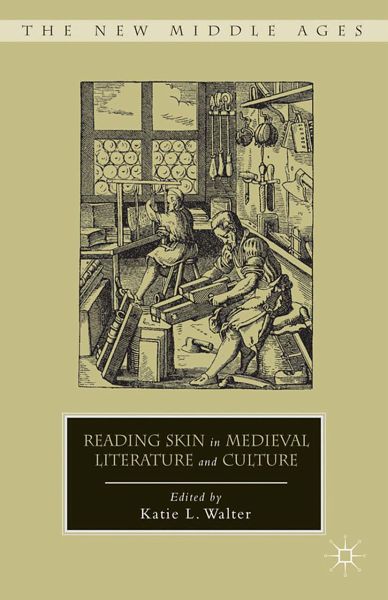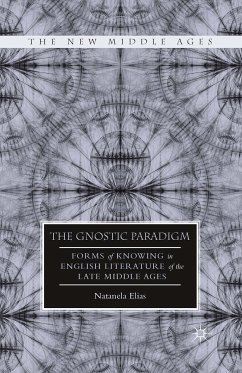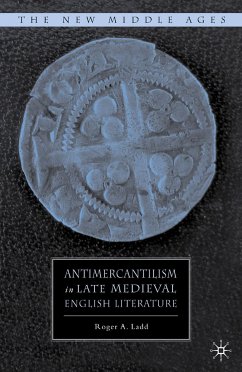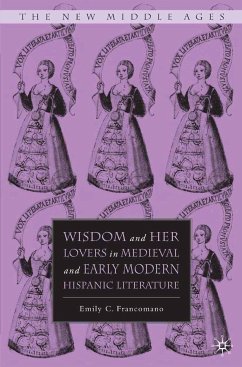
Reading Skin in Medieval Literature and Culture (eBook, PDF)
Versandkostenfrei!
Sofort per Download lieferbar
80,95 €
inkl. MwSt.
Weitere Ausgaben:

PAYBACK Punkte
40 °P sammeln!
Skin is a multifarious image in medieval culture: the material basis for forming a sense of self and relation to the world, as well as a powerful literary and visual image. This book explores the presence of skin in medieval literature and culture from a range of literary, religious, aesthetic, historical, medical, and theoretical perspectives.
Dieser Download kann aus rechtlichen Gründen nur mit Rechnungsadresse in A, B, BG, CY, CZ, D, DK, EW, E, FIN, F, GR, HR, H, IRL, I, LT, L, LR, M, NL, PL, P, R, S, SLO, SK ausgeliefert werden.







![The [European] Other in Medieval Arabic Literature and Culture (eBook, PDF) Cover The [European] Other in Medieval Arabic Literature and Culture (eBook, PDF)](https://bilder.buecher.de/produkte/46/46753/46753033n.jpg)




